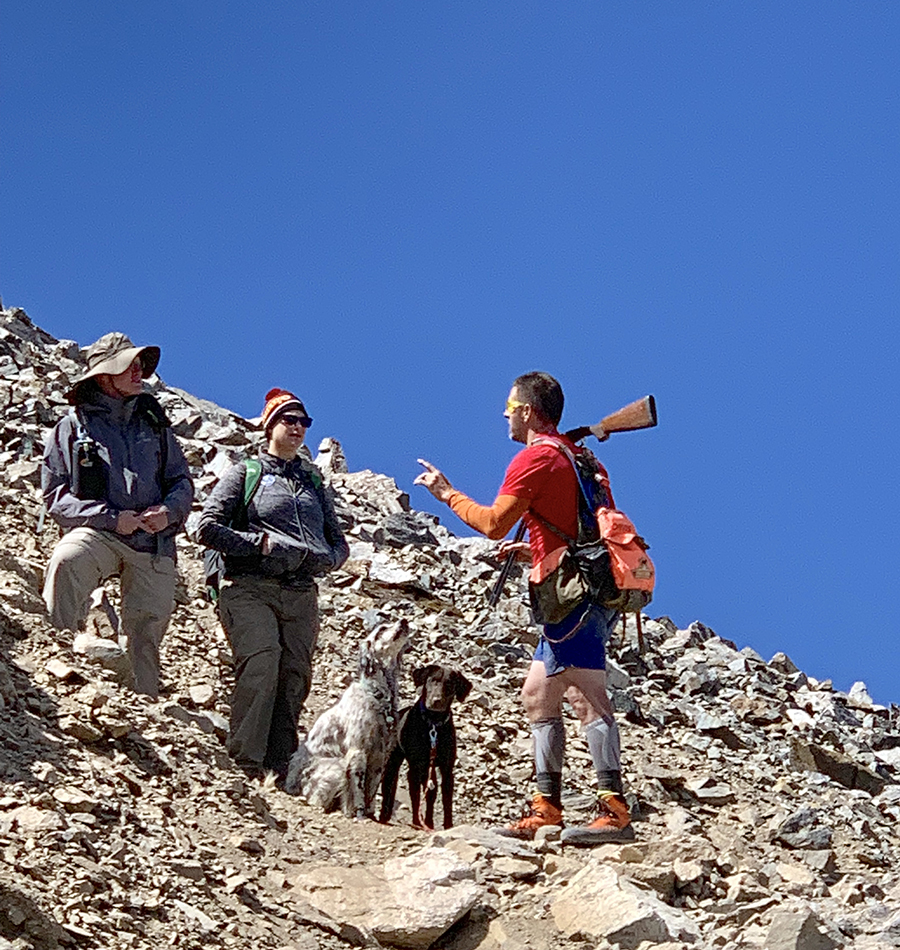
It’s the second day of the upland season and I am in a pre-dawn traffic jam. I’m following a string of crimson taillights up a dusty grade and poor excuse for a road. I’m unsure exactly how long the line extends at this point, but we are all crawling toward a pin on a map marked trailhead. I’m not used to this kind of crowd on hunts. Thoughts of shotgun safety, wild-eyed bird dogs and disapproving scowls have me a bit more on edge than the normal caffeine overdose.
To many this likely doesn’t sound like a great place to bird hunt. And there is a large portion of me that would be inclined to agree. But last year while hunting in a Colorado National Forest I was confronted by a grumpy hiker walking a grumpier, fat Corgi mix who proclaimed I was not allowed to hunt there. He threatened to report me to the Ranger who was his neighbor. I informed him that I had every right to be there hunting and that he and his mutt should let us pass. The fat Corgi proceeded to try and tear my Labrador’s face off as the hiker murmured some incomprehensible rubbish. I responded by snapping my shotgun shut and heading on up the trail. But that incident stuck with me and sowed seeds of a plan.
The vast majority of people in this country have little knowledge of the mixed-use mandate for most public lands. And the vast majority of Americans are not hunters. I suspect this majority has an opinion of hunters regardless of whether they have encountered one or not. Which is why I’m currently in a traffic jam on an unimproved Colorado mountain road.
In the continental United States the tallest mountains rise to heights just above 14,000’ — known to hikers and adventurers as 14ers. There are a total of 67 of these peaks, 54 of which are in Colorado. Most of these mountains are prized by climbers as tests of will and accomplishment. Most are also squarely within the boundaries of public lands. A fair number of these peaks require climbing and safety gear to summit, especially during fall and winter months. The routes upward are rated by experienced climbers from easiest (Class 1) to most dangerous and difficult (Class 5). There are at least 30 peaks in Colorado rated class three and below. which means that with some training, determination and a good pair of boots the summits are reachable.
White-tailed Ptarmigan, the only species in the lower 48, share the same affinity for high places as climbers. There aren’t many ptarmigan hunters in the lower 48. The vast majority of people outside Alaska don’t even know what a ptarmigan is. Unless you are looking for them, they tend to go unnoticed. Like most upland birds, they are masters of disguise. In the mountains they mimic the surrounding rocks. As snows begin to cover the ground in winter, they match the surroundings and transition to completely white plumage.
The ptarmigan that call 14ers home offers opportunity too good to pass up.
My niece joined me at the beginning of this season to physically challenge herself and better understand some of these wild places and bird hunting. She asked if I was trying to convince other people to become bird hunters. I don’t believe that a story or a photo or a social media feed can miraculously turn someone into an upland hunter. Becoming a bird hunter is a multi-step process lacking a set formula.
But there is opportunity in one story, one photo, a social media feed to captivate people with what upland hunters are. (There is also equal opportunity to offend as I’ve written before.) Most of the people who are out here hiking are our kindred spirits, just without the shotgun.
After I squeeze the truck into overflow parking along this road, I start gearing up. I notice there are another 125 cars at the trailhead with more arriving by the minute. It’s sunrise on a holiday weekend and Gray’s Peak is one of the easiest high elevation climbs to access from heavily-populated Denver. It also resides in Arapaho National Forest, which is managed for mixed-use and the reason I am able to hunt alongside hikers, bird watchers and campers. I’m guessing there are at least 250 people who will be accessing this trail today. I’m the only one carrying a shotgun with bird dogs on the loose.
The inquiries begin almost immediately as we head upward. Everyone we pass wants to know what we are doing. The dogs are great ambassadors. The setter adds the flare while the Lab handles outreach — honestly the setter has no time for people when birds abound. We talk to over 35 groups of people this day. Rarely are we alone on the trail. I barely even have an opportunity to close the shotgun, though I saw the setter detect old scent and point momentarily.
With this amount of foot traffic on the mountain I know the birds have moved to more solitary spaces. But shooting birds isn’t what this is about.
This is about sharing details of upland birds, public lands and hunting. This is about befriending people already bonded in the effort and struggle to climb these high places. This is about earning the respect of non-hunters by showing we care for them, for their safety on these mountains and for their own successes more than killing birds.
I will never forget this day on this mountain, hunting amongst the masses. Nearly everyone we encounter is intrigued, engaged and positive. And it’s a tale that will repeat over and over this month as we take upland hunting to the 14ers. Who knew one angry little Corgi could have such a profound impact?
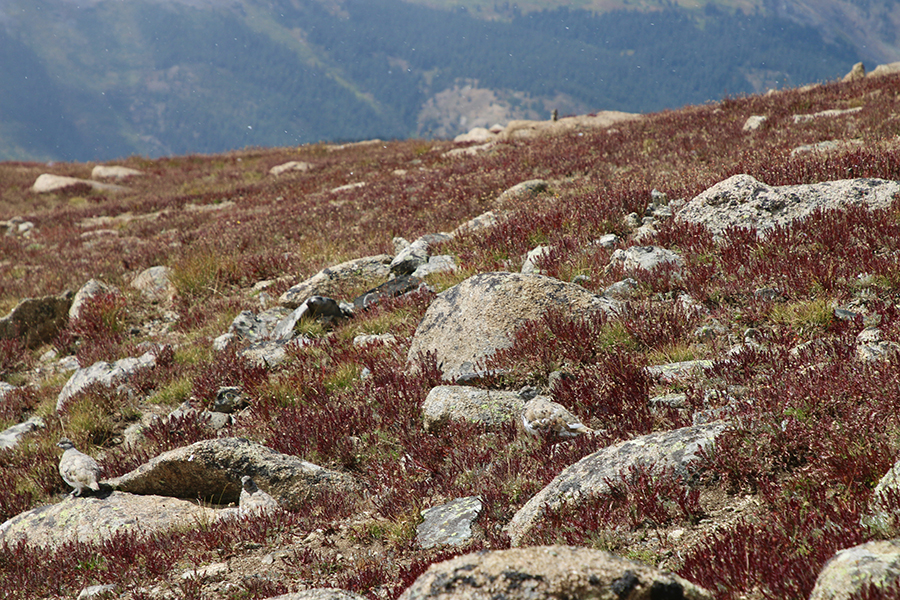
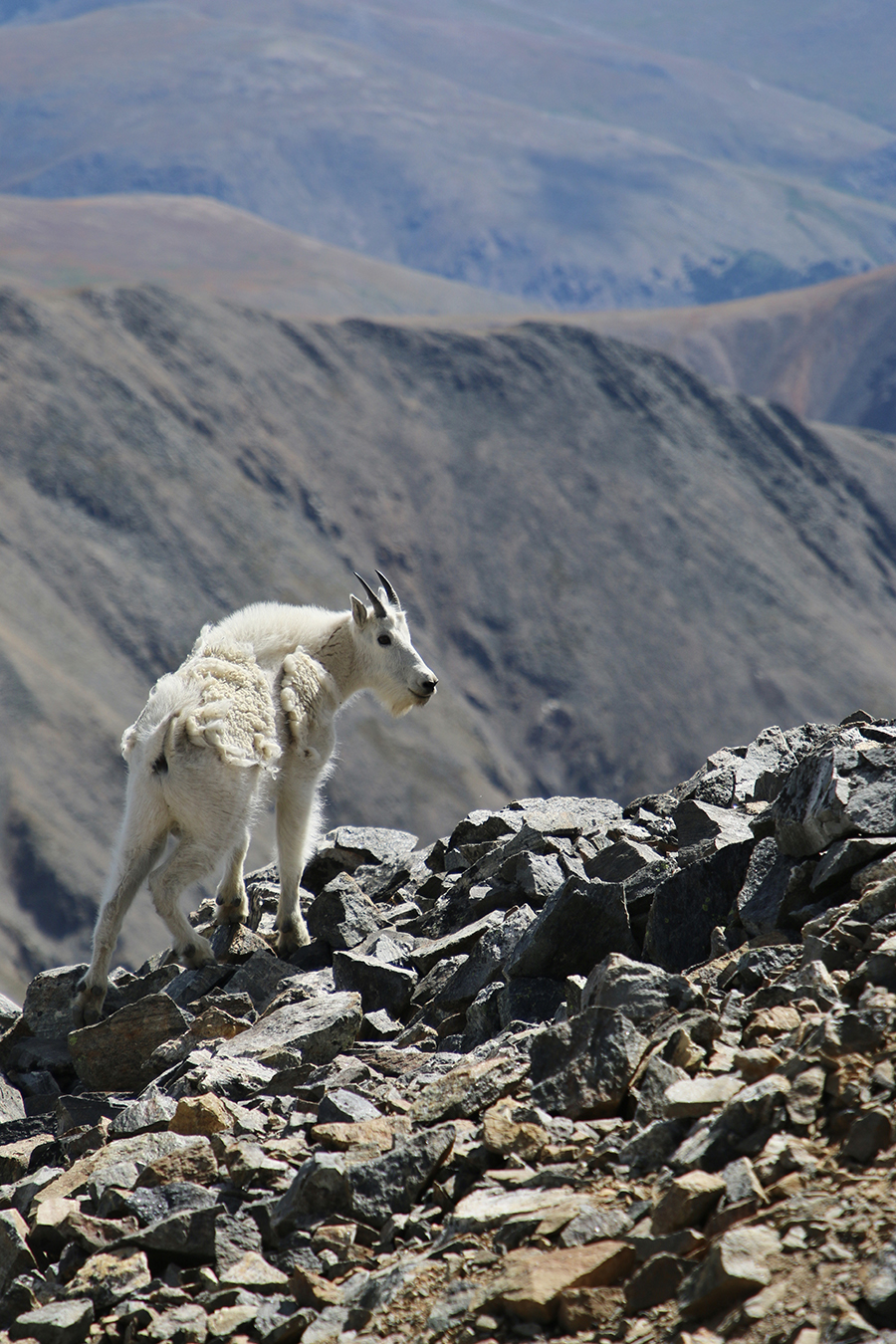
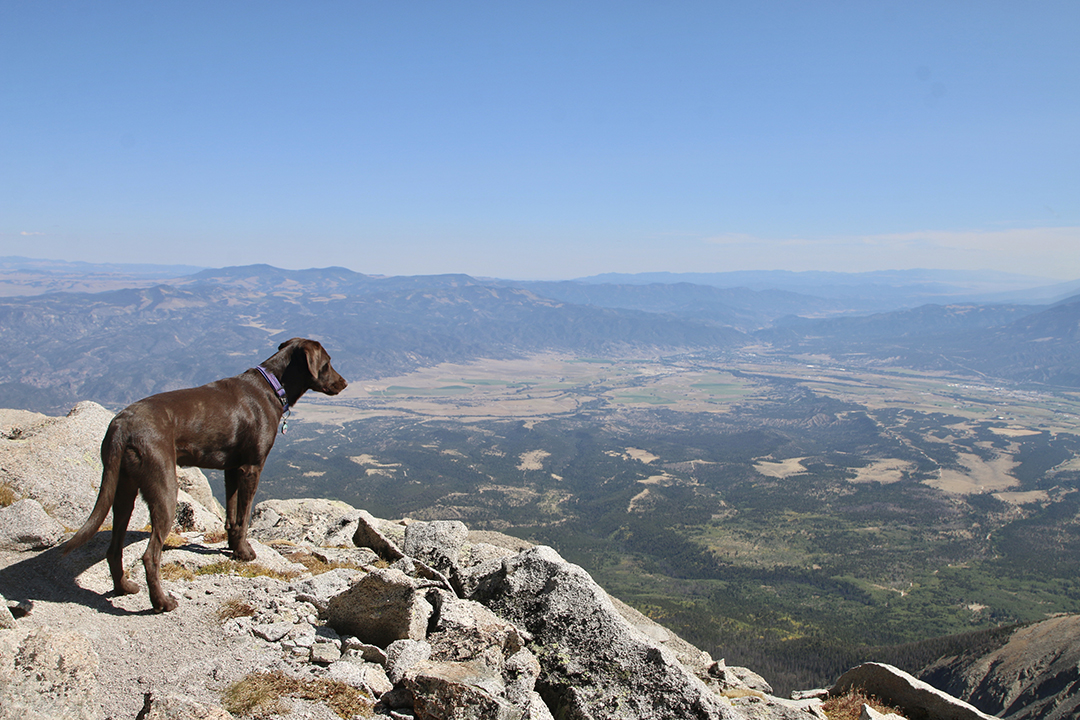

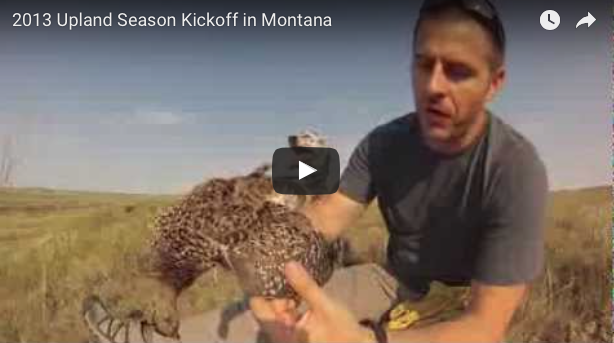
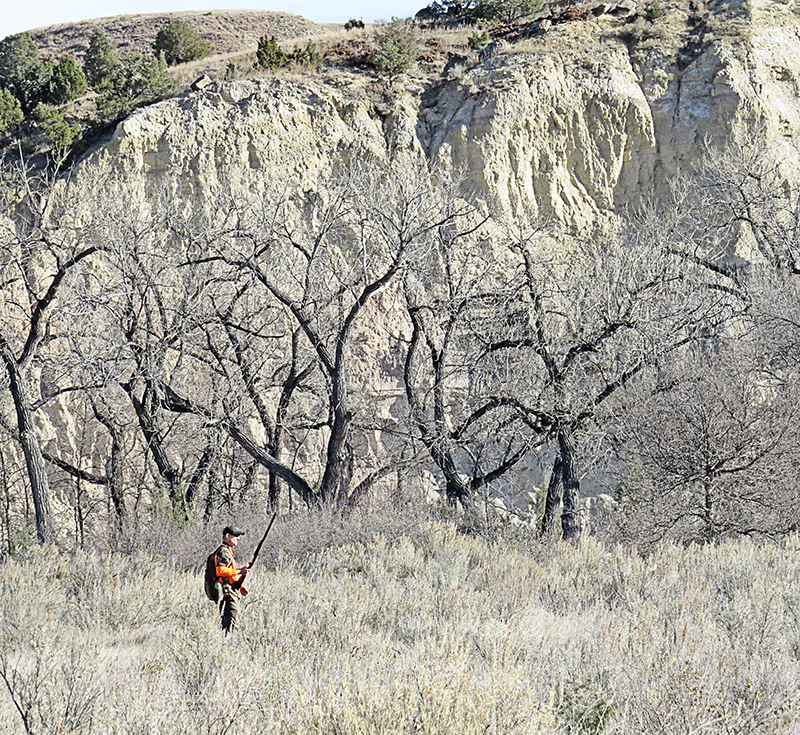
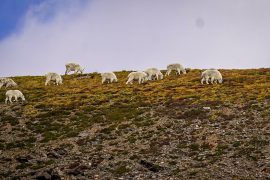
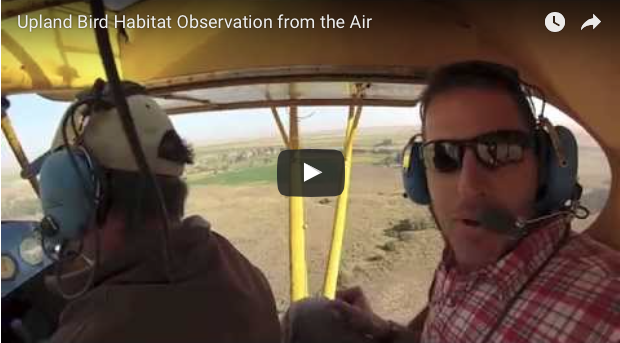
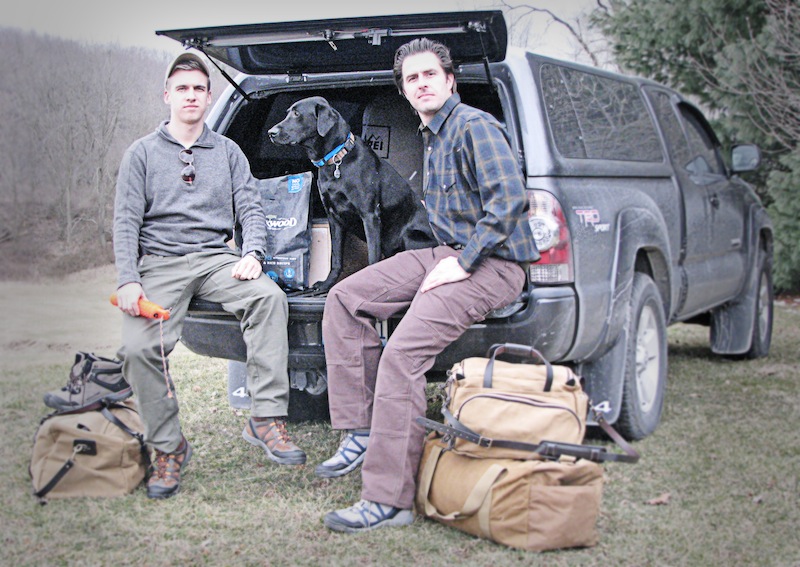
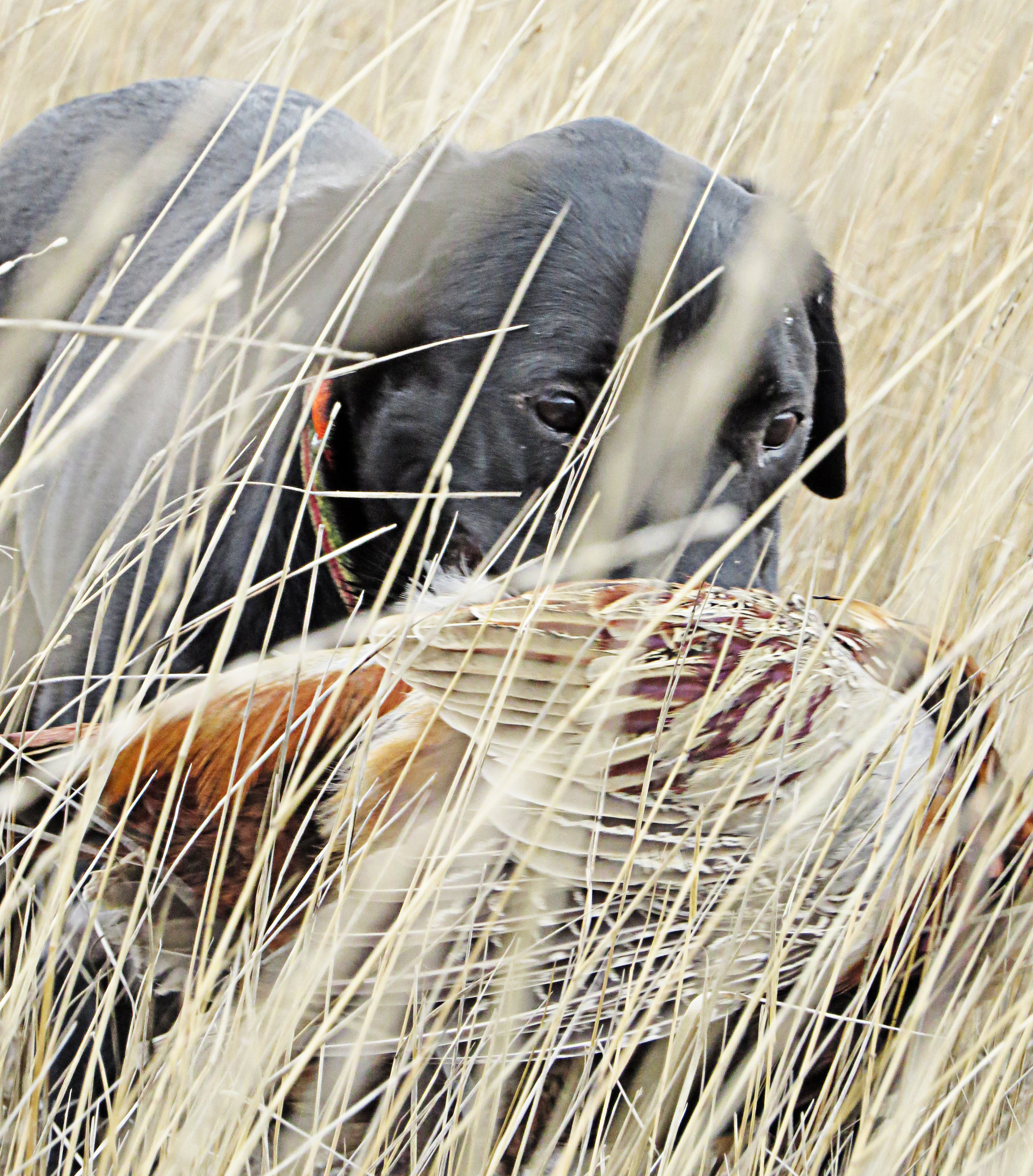
you should of shot that corgi…
So love these type of stories. After hunting 22 states, I’m still jealous of you, Brian.
That month took a toll, Scott. Still recovering and beginning the long climb back to hunting shape for next season. Had never really thought about states that way — looks like I’m at 27. If you knock out Hawaii, let me know, I’d sure like to see one of those Kalij Pheasant in hand.
Way Upland-I had a similar experience outside of Flagstaff, AZ. I was walking on a popular trail to access a blue grouse hunting area. The action on my over/under was open, the gun was unloaded, and my black lab was on a leash. I was challenged by one person in a hiking group regarding the safety of hunting in this area. During our brief discussion, it became clear the hiker in question had no understanding of hunting or firearms. To summarize, I suggested he enroll in a hunter safety course and went on my way. To be fair, I was congratulated by another group of hikers when I returned via the same trail for my successful hunt.